Meat Production Line Efficiency Optimization: Reshaping The Future Of Modern Food Processing Industry
The global appetite for meat has surged, exerting anthropogenic pressures on production infrastructures already strained by climate volatility and supply chain fragilities. As populations grow and dietary preferences shift, traditional meat processing paradigms are buckling under the weight of inefficiencies. Yet within this challenge lies transformative potential—an opportunity to reengineer every facet of production, from abattoir workflows to distribution logistics. This article explores how cutting-edge innovations are not merely incrementally improving output but fundamentally redefining what’s possible in industrial-scale protein production.
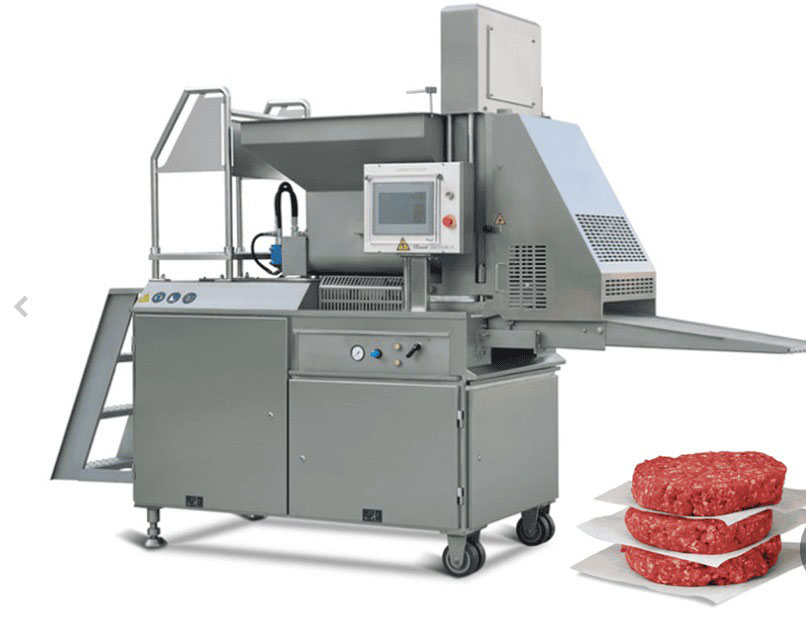
Understanding the Current Landscape of Meat Production Lines
The Global Demand for Meat and Its Impact on Production Efficiency
Global meat consumption is projected to reach 374 million metric tons by 2030, a seismic surge that exposes legacy systems to unprecedented stress. Antiquated facilities designed for regional distribution now grapple with transnational supply networks, while rising labor costs collide with consumer demands for both affordability and ethical sourcing. These intersecting pressures create a crucible for innovation, forcing processors to confront systemic bottlenecks—whether in energy-intensive chilling processes or inconsistent yield rates during primal cuts.
Related Products:Meat Processing Equipment
Why Efficiency Matters: The Business Case for Optimizing Meat Processing
Cost Savings, Sustainability, and Consumer Expectations
Operational efficiency has evolved from a cost-cutting tactic to a strategic imperative encompassing ESG commitments and brand equity. A single percentage point reduction in waste at a mid-sized pork plant can preserve over 20,000 carcasses annually, translating to seven-figure savings. Simultaneously, carbon-conscious consumers now scrutinize lifecycle emissions data, rewarding processors who implement closed-loop water systems or methane-capture technologies. This triple-bottom-line calculus—financial, environmental, social—positions optimization as the linchpin of competitive resilience.
From Slaughter to Packaging: The Magic of Process Reengineering
Mapping the Entire Production Workflow for Hidden Inefficiencies
Value stream mapping reveals startling disparities: while robotic deboners operate at 98% precision, manual trimmers may discard 15% of viable meat due to inconsistent technique. By applying axiomatic design principles, forward-thinking plants have slashed cycle times 22% through simple resequencing—moving grading stations closer to blast freezers, for instance. Such interventions expose latent capacity, transforming idle intervals into productive throughput without capital expenditure.
Automation Revolution: Smart Machinery Transforming Meat Processing
Robotic Butchering Systems and Precision Cutting Tools
Third-generation collaborative robots (cobots) now handle intricate tasks like spinal cord removal with micron-level accuracy, adapting in real-time to anatomical variations between animals. Vision-guided band saws employ hyperspectral imaging to auto-adjust cutting paths, maximizing yield from each carcass. These mechatronic advancements don’t merely replace human labor—they elevate it, allowing butchers to oversee multiple lines while focusing on premium hand-cut specialties.
The Role of IoT in Real-Time Monitoring and Data Collection
Smart Sensors: The Silent Guardians of Production Line Performance
Embedded IoT arrays create a digital twin of the processing environment, tracking variables from ammonia levels in refrigeration loops to microbial growth on conveyor belts. When a sensor detects a 0.5°C deviation in a smokehouse’s thermal profile, predictive algorithms trigger adjustments before product quality degrades. This ambient intelligence transforms passive equipment into self-regulating systems, reducing human intervention while enhancing traceability.
AI-Powered Quality Control: Reducing Waste and Enhancing Consistency
How Machine Learning Detects Defects Before Products Reach Packaging
Deep learning models trained on terabyte-scale image libraries now identify marbling patterns and connective tissue anomalies invisible to the human eye. In poultry plants, convolutional neural networks flag woody breast syndrome in milliseconds, diverting affected fillets to alternative product streams. This defect-prevention paradigm shifts quality assurance upstream, reducing rework costs by up to 37% while ensuring uniform product characteristics.
Energy Efficiency in Meat Production: Cutting Costs and Carbon Footprints
Sustainable Cooling Systems and Renewable Energy Integration
Phase-change materials are revolutionizing cold chain management, with bio-based PCMs absorbing excess thermal energy during compressor downtime. One beef processor slashed freezing costs 18% by integrating solar-thermal absorption chillers, while anaerobic digesters now convert offal into biogas to power rendering operations. Such symbiosis between energy systems turns waste into watts, aligning profitability with planetary stewardship.
Workforce Optimization: Balancing Human Expertise and Automation
Upskilling Employees for High-Value Tasks in a Tech-Driven Environment
As cobots assume repetitive tasks, meat scientists are being cross-trained in predictive analytics to oversee AI-driven marbling predictors. Augmented reality interfaces project yield optimization data onto primal cuts, enabling graders to make real-time decisions informed by machine learning insights. This cognitive offloading elevates human roles from manual execution to strategic oversight, boosting job satisfaction while future-proofing careers.
Supply Chain Synchronization: Aligning Raw Materials with Production Schedules
Predictive Analytics for Smarter Inventory Management
Stochastic demand-sensing algorithms now factor in variables from feed grain futures to regional weather patterns, enabling dynamic production planning. A pork processor in the EU avoided €2.8M in spoilage losses by syncing slaughter schedules with transport availability during a port strike, demonstrating the power of agile, data-driven logistics.
Conclusion
As the meat production industry continues to evolve, embracing cutting-edge efficiency strategies is no longer an option but a necessity. From automation and AI-driven quality control to lean manufacturing and energy-efficient practices, modern processing plants have the tools to optimize output, reduce waste, and meet rising consumer expectations. Those who invest in these advancements today will define the future of industrial-scale protein production.
Must-Read Blogs For Chain Restaurants Owner

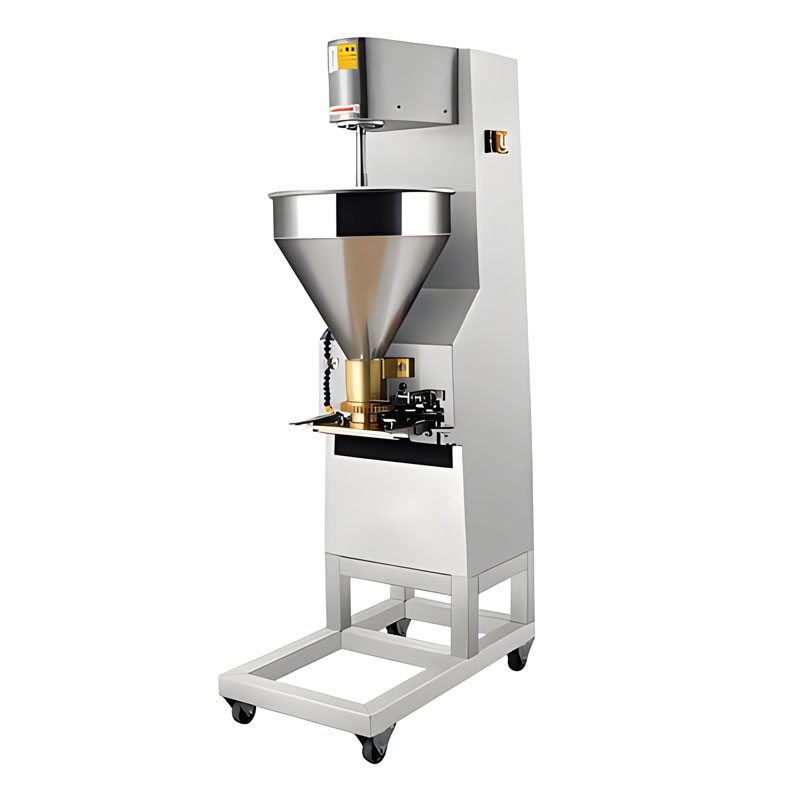

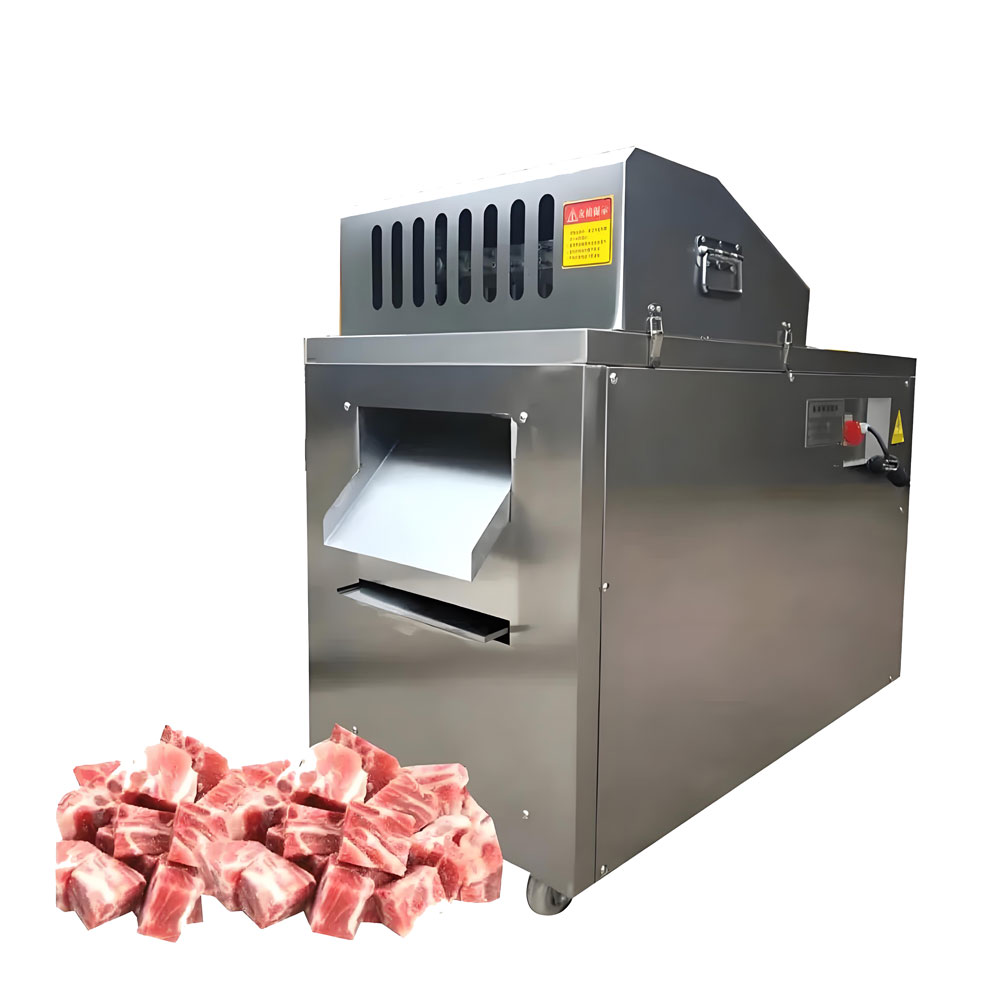
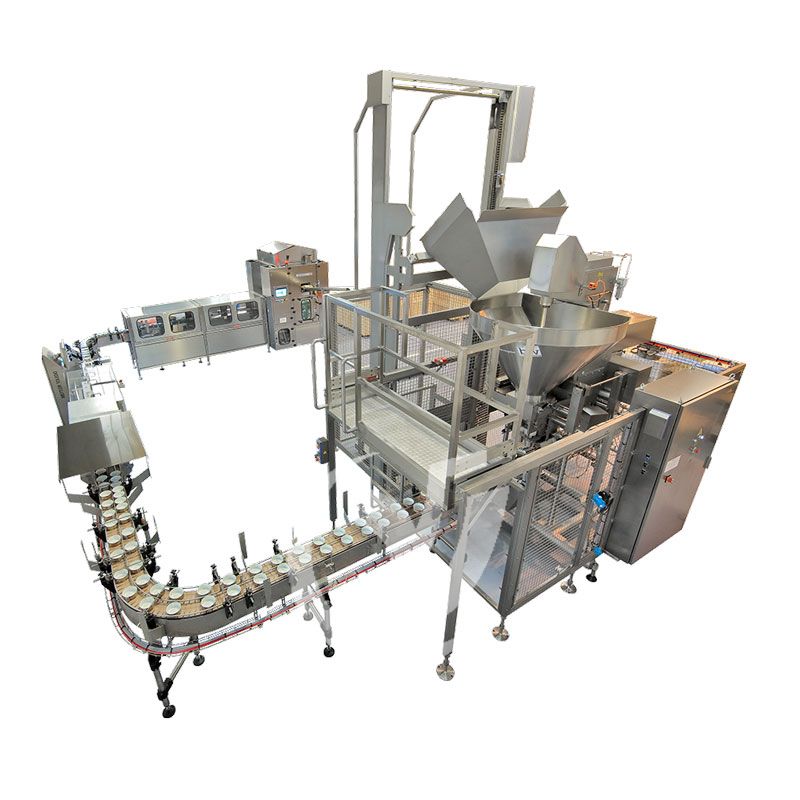

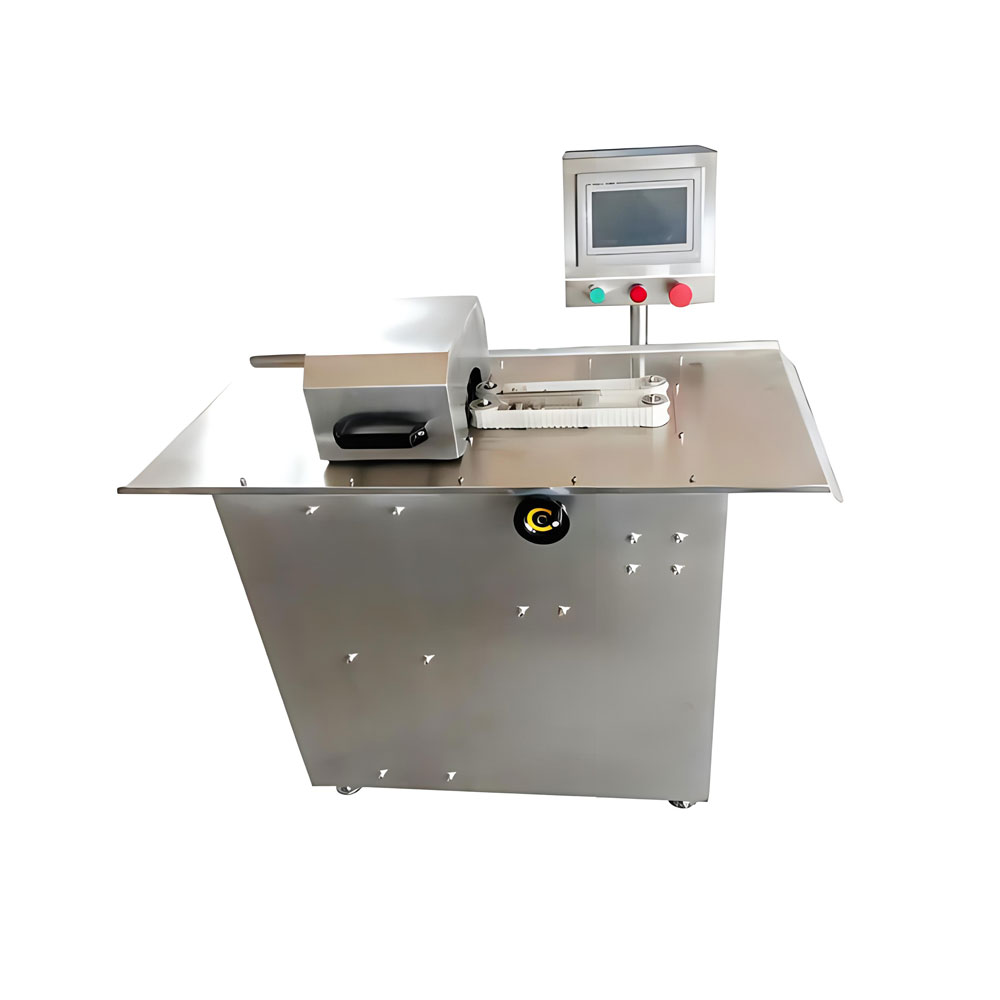
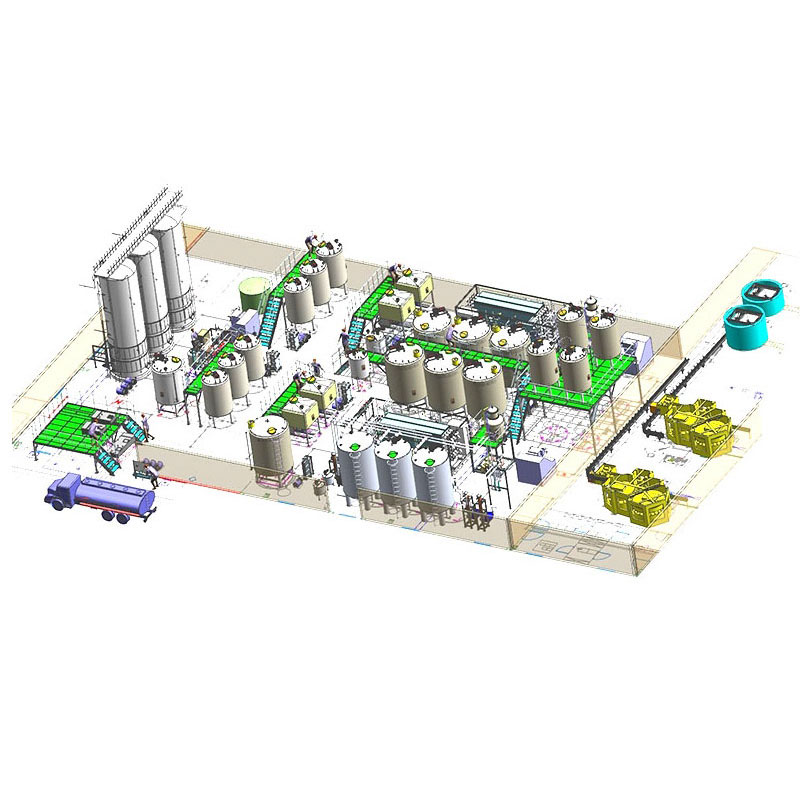
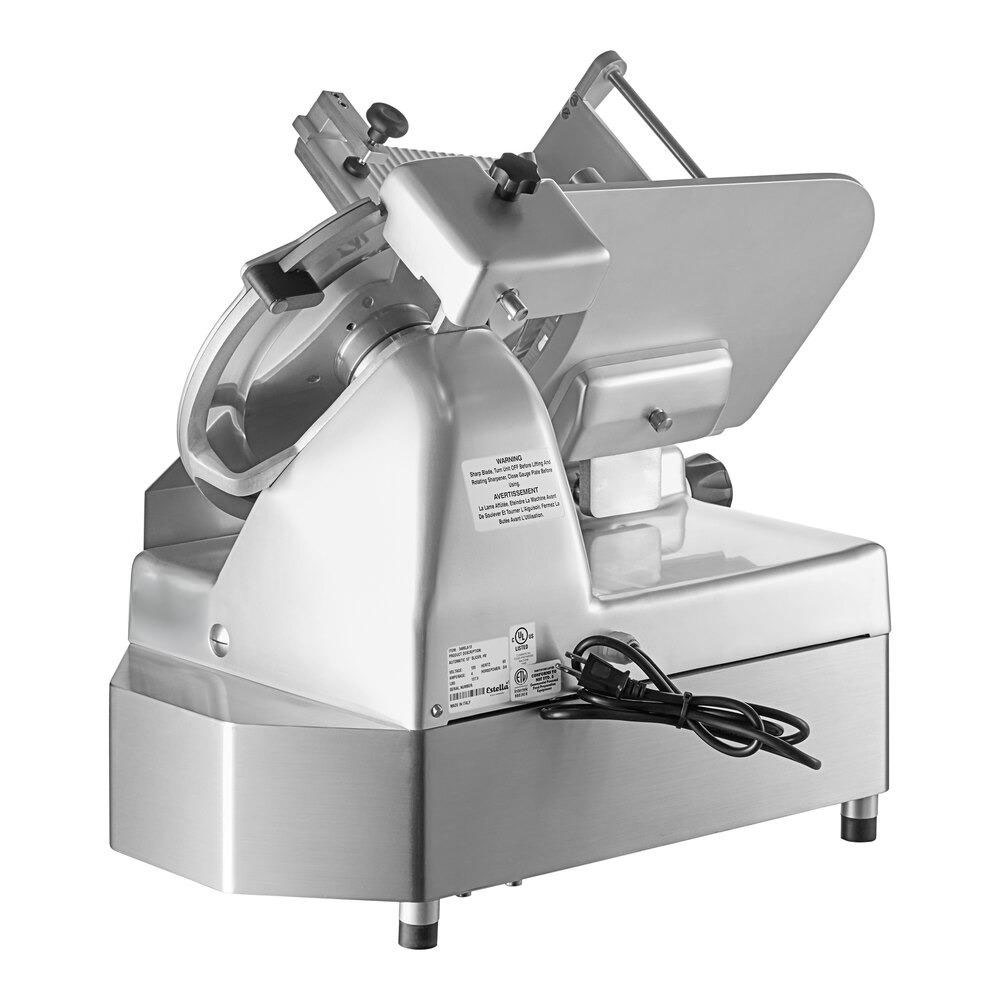
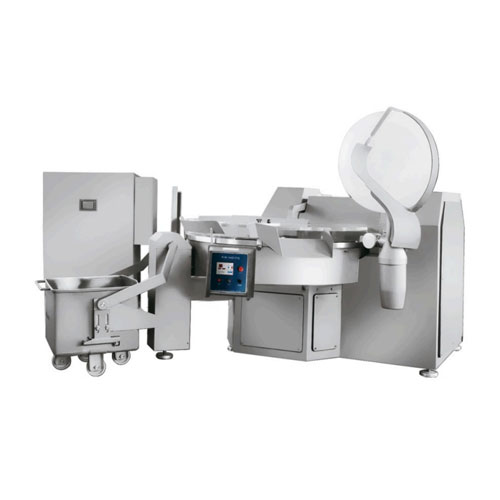
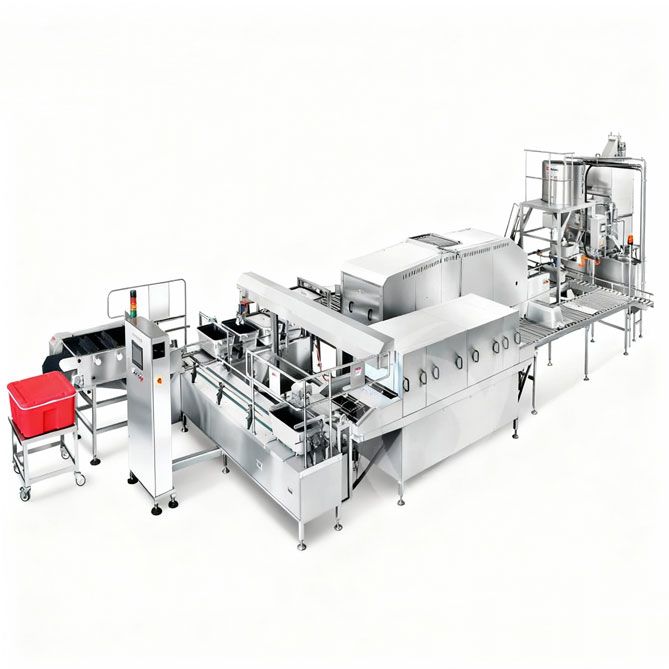
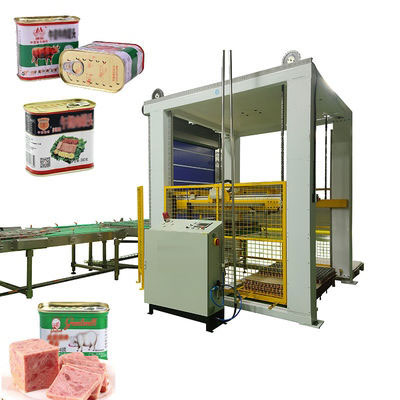 Canned Meat Production Line
Canned Meat Production Line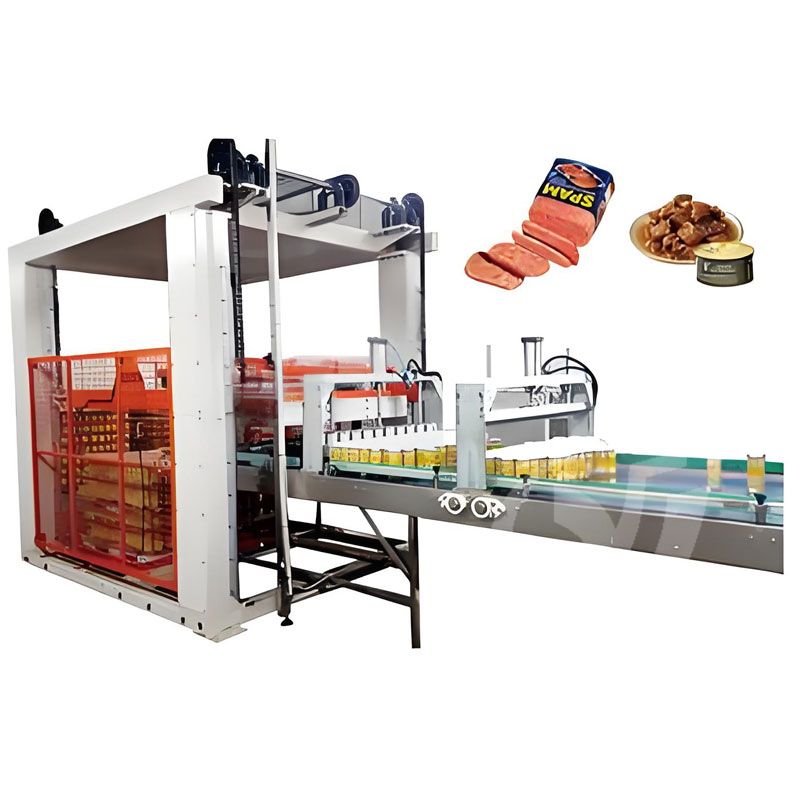 Canned Luncheon Meat Production Line
Canned Luncheon Meat Production Line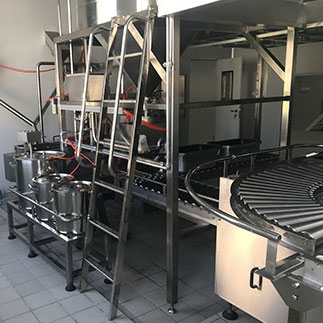 Cold Chain Rice Production Line
Cold Chain Rice Production Line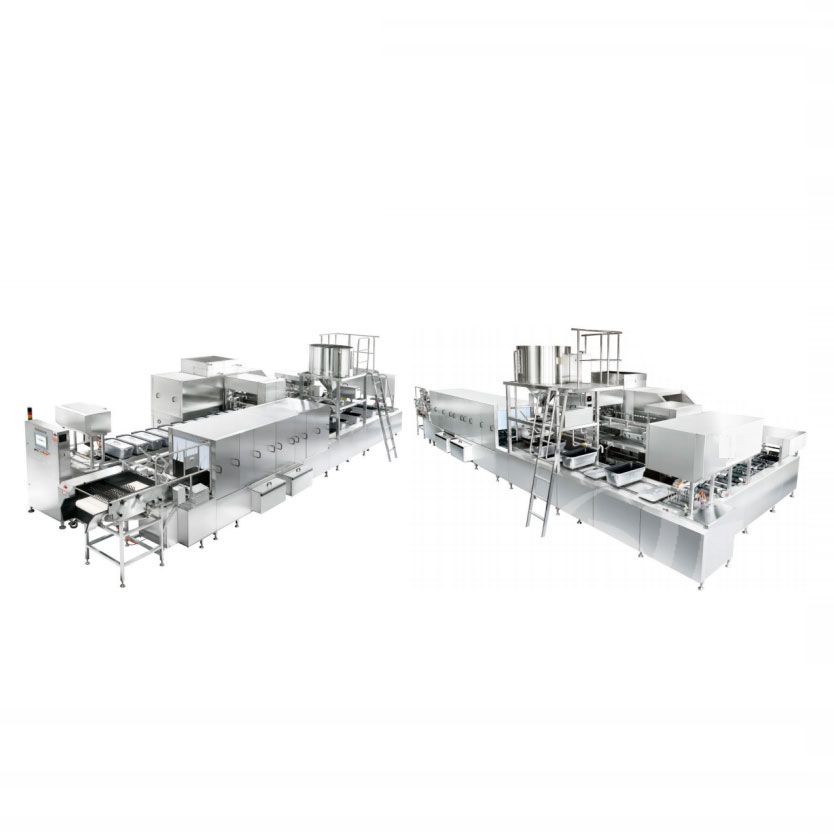 Unmanned Intelligent Rice Production Line
Unmanned Intelligent Rice Production Line
Ready to Get Started?